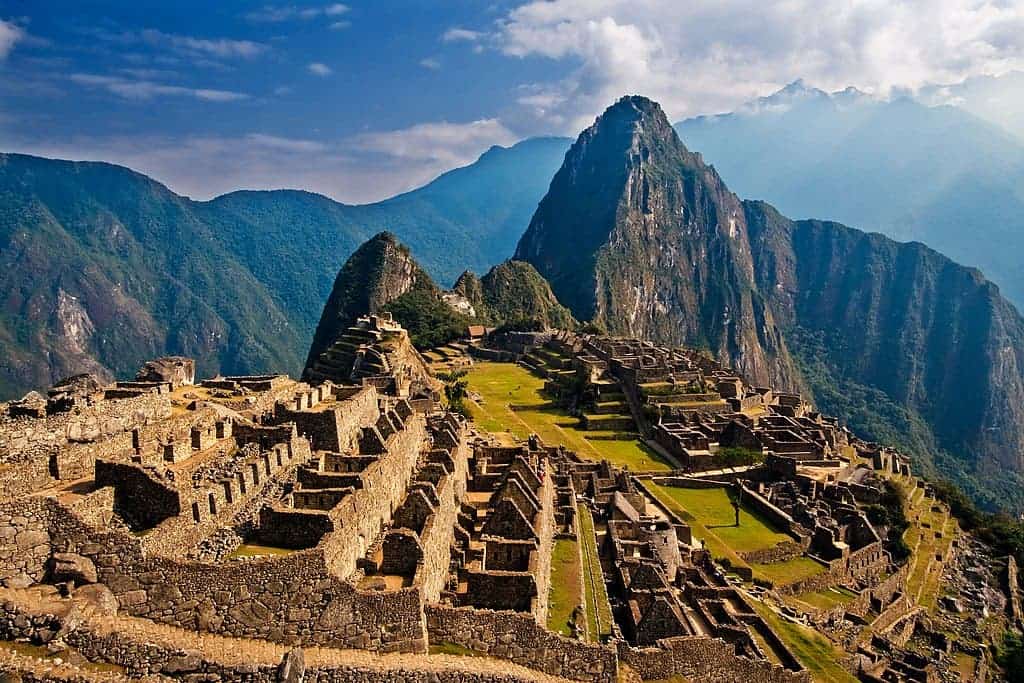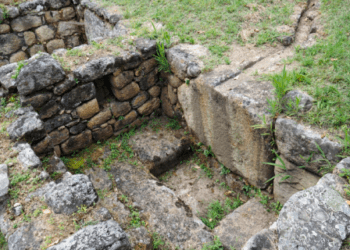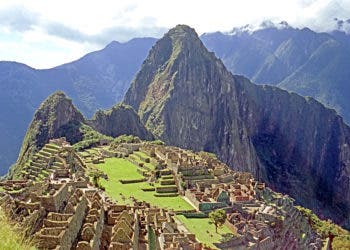
High in the Andes Mountains of Peru, the mighty Inca built a dazzling empire that governed over 12 million people and marked 300 years of civilization — that’s until Spanish conquistadors annihilated the Inca in 1533. But despite the Inca lacking a writing system, their legacy lives on through some of their artifacts and ancient settlements, and there is no Inca site more iconic than the mountain-perched Machu Picchu.
Contrary to popular belief, Machu Picchu wasn’t actually a city. Although the monumental complex was fairly extensive, it was erected as a country estate of Inca Emperor Pachacuti on the eastern face of the Andes Mountains. In other words, this was a retreat for the elites away from the crowded capital Cusco rather than a settlement for all.
Before Francisco Pizarro’s Spanish conquistadors landed on Peru’s shores, archaeologists believe Machu Picchu was inhabited from 1440 A.D. to around the time of the Spanish conquest.
However, new findings published this week in the journal Antiquity reveal that the Machu Picchu may be about two decades older, suggesting Pachacuti placed the first stone at the Andes site around the year 1420 A.D.
Carbon doesn’t lie
Researchers led by Yale archaeologist Richard Burger arrived at the new estimate after using an advanced form of radiocarbon dating called accelerator mass spectrometry (AMS). This technology can date organic material found in bones and teeth, even when it is in tiny amounts.
“Until now, estimates of Machu Picchu’s antiquity and the length of its occupation were based on contradictory historical accounts written by Spaniards in the period following the Spanish conquest,” said Burger in a statement. “This is the first study based on scientific evidence to provide an estimate for the founding of Machu Picchu and the length of its occupation, giving us a clearer picture of the site’s origins and history.”
The primary implication is that Pachacuti must have started his reign much earlier than textual sources from the time of the conquistadores indicate. According to Burger, modern radiocarbon methods are actually a more reliable foundation than colonial historical records for understanding Inca chronology.
For their study, the researchers employed AMS on samples belonging to 26 human individuals that were recovered from four cemeteries at Machu Picchu. These individuals were likely retainers, or attendants, judging from funerary goods buried with the deceased, who looked after the royal estate. The bone samples show little evidence of the kind of intense wear and tear one would expect to see in a construction worker tasked with hard labor. This further strengthens the idea that Machu Picchu was already up and running as a country palace by the time these people arrived there.
Remarkably, these human remains were unearthed by Yale-affiliated explorer and archaeologist Hiram Bingham III, who brought them back to the United States in 1912. A year prior, Bingham was one of the first Euro-Americans to walk among the ruins of Machu Picchu after he was tipped off by a local muleteer. More than a hundred years later, these samples serve to paint a richer and more accurate history of the ancient Inca palace, complementing Spanish sources.
Now, these remains have been finally returned to their homeland. As of 2010, all human remains and archaeological materials from Bingham’s expedition have been returned to Cusco, the former capital of the Inca, where they are stored at the Museo Machu Picchu.




